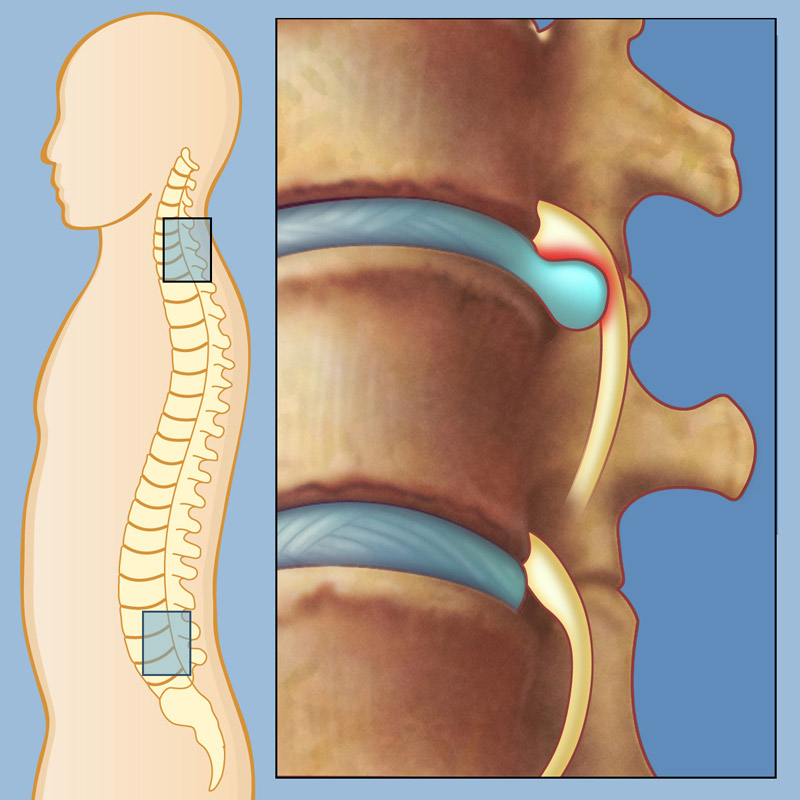Pain Management in the Digital Age: Applications and Resources
In the current rapidly evolving digital world, addressing pain has become simpler than ever. As a result of the rise of technology, individuals dealing with various forms of pain can turn to new apps, online resources, and telehealth services that meet their individual needs. Pain management is now limited to traditional methods; it has transitioned to incorporate a wide range of therapies and treatments that exploit the power of digital tools.
Understanding pain management is crucial for anyone experiencing with discomfort, regardless of whether it is acute or chronic. This comprehensive guide investigates the different types of pain, the treatments available, and how dedicated pain management clinics can play a pivotal role in boosting quality of life. From the science behind pain perception to holistic strategies that involve diet and mindfulness, we will explore a multitude of options that enable individuals on their journey to relief. If you are seeking guidance on physical therapy, chiropractic care, or alternative treatments like acupuncture and CBD, this article aims to provide meaningful insights into managing pain in the digital age.
Comprehending Pain Control

Pain control encompasses a wide range of services and therapies aimed at relieving suffering and improving the lifestyle for individuals experiencing intense and chronic pain. It involves a comprehensive approach that can include pharmaceuticals, physiotherapy, mental health support, and alternative treatments. By grasping what pain management entails, patients can more fully understand the tools available to them and adopt productive approaches for relief.
The multiple kinds of pain, including acute and long-lasting, require customized management techniques. Sharp pain usually occurs from damage or operations and tends to resolve as the root cause recovers. Chronic pain, on the flip side, can continue for extended periods or even years, often requiring ongoing treatment and a mix of treatments to manage efficiently. Recognizing http://rtistrees.com/members/zebraarmy3/activity/3044821/ is crucial in selecting the appropriate pain management approach for each person, as the strategies that succeed for one type of pain may not be appropriate for another.
Pain management clinics play a significant role in enhancing the quality of life of those affected by pain. acute pain focused facilities offer holistic services, including diagnostic assessments, tailored treatment plans, and access to a selection of therapies. By collaborating with medical professionals, patients can learn about their pain, explore treatment options, and discover new ways to manage their condition, thereby facilitating a more manageable and fulfilling life in spite of their discomfort.
Therapies and Therapies for Pain Relief
Therapies for pain management encompass various of approaches, each tailored to address specific types of pain and underlying causes. Traditional methods such as physiotherapy focus on strengthening muscles and enhancing mobility, while also employing techniques such as hands-on therapy and exercise. Physical therapists design personalized programs that can significantly reduce chronic pain and improve the general quality of life. Additionally, complementary treatments like chiropractic care and massage therapy have gained recognition for their efficacy in relieving muscular tension and enhancing spinal alignment.
Additional methods include acupuncture, which entails inserting thin needles at specific points on the body to stimulate the nervous system and promote natural healing. This traditional practice has been shown to reduce pain for conditions such as migraines and chronic back pain. Furthermore, the use of TENS (Transcutaneous Electrical Nerve Stimulation) therapy offers a non-invasive method for pain control by delivering electrical impulses to disrupt pain signals sent to the brain. These treatments highlight the diverse landscape of pain relief strategies available today.
In recent years, advancements in medical treatments have led to innovative options like regenerative medicine and interventional pain management. Techniques such as radiofrequency ablation and nerve blocks provide targeted pain relief by interrupting nerve signals or reducing inflammation. Additionally, the integration of lifestyle changes, including nutritional modifications and mindfulness practices, plays a crucial role in treating pain in a comprehensive manner. Collectively, these therapies and treatments offer individuals a comprehensive toolkit for efficiently addressing their unique pain challenges.
Different Approaches and Way of Life Changes
In addition to traditional pain management treatments, considering alternative approaches can help greatly to pain relief and overall well-being. Awareness and meditation have gained recognition for their capability to reduce tension and anxiety, which are often intertwined with chronic pain conditions. By fostering a deeper connection between the mind and body, these practices enable people to create coping strategies that can change their perception of pain and enhance their quality of life.
Nutrition and nutrition also play a crucial role in pain management. An anti-inflammatory diet, abundant in produce, greens, whole grains, and omega-3 fatty acids, can assist reduce swelling that plays a role to certain types of pain. Incorporating foods such as oily fish, seeds, and dark leafy vegetables, along with maintaining hydrated, can support the body’s natural defenses and potentially reduce pain feelings. Moreover, being mindful of catalysts, such as junk food or high sugar, can additionally aid in managing pain intensity.
Exercise is another essential aspect of pain management. While it may appear counterintuitive to participate in exercise when in pain, regular, gentle movements can strengthen muscles, improve flexibility, and release endorphins—natural pain relievers. Exercises such as yoga, swimming, and walking can be adapted to individual abilities, allowing for a secure and effective way to fight pain. Adopting a routine that merges exercise with relaxation techniques offers a comprehensive approach that can lead to lasting relief from pain.